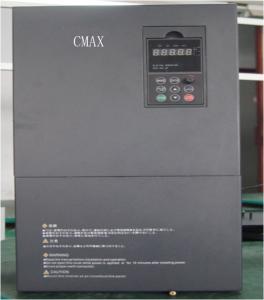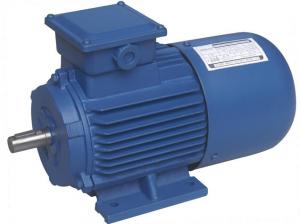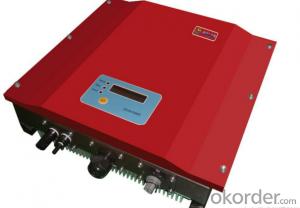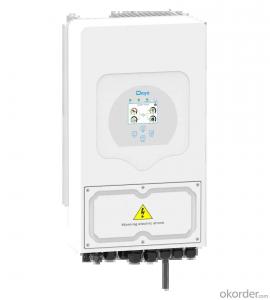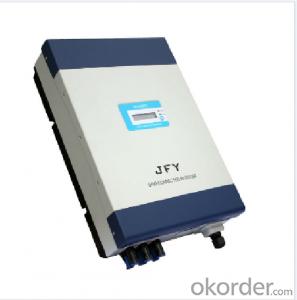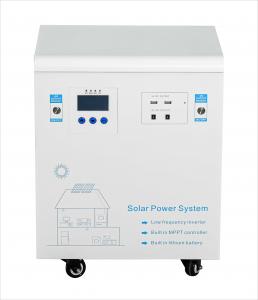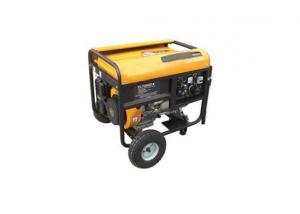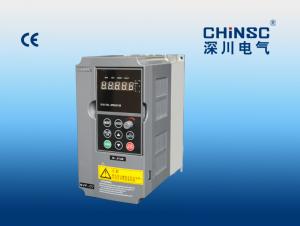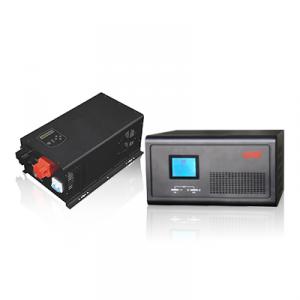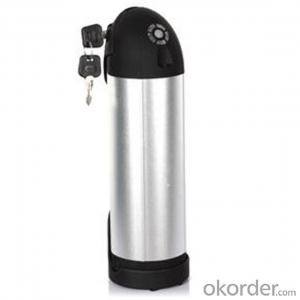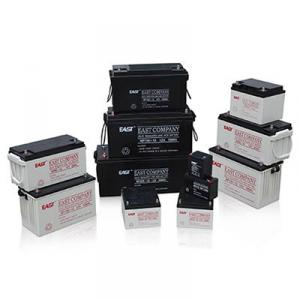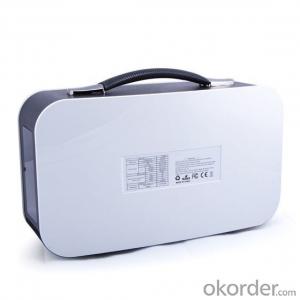5kw Three Phase Solar Inverter
5kw Three Phase Solar Inverter Related Searches
5kw 3 Phase Solar Inverter 5 Kw 3 Phase Solar Inverter 5kw Solar Inverter 5kw Solar Power Inverter Solar 5kw Inverter 5kv Solar Inverter 5kw Solar Hybrid Inverter 5kw Hybrid Solar Inverter 5kva Solar Inverter 5kw Solar Panel Inverter Solar Power 5kw Inverter 5kw Inverter Solar System 5 Kilowatt Solar Inverter Solar 5kva Inverter 5 Kva Solar Inverter Inverter For 5kw Solar System 5k Solar Inverter 5kva Hybrid Solar Inverter 5 Kw Hybrid Solar Inverter Hybrid Solar Inverter 5kw 5kw Solar Inverter For Sale 5kva Inverter Solar System 5kw 48v Solar Inverter Three Phase Solar Inverter 3 Phase Solar Inverter Best 5kw Solar Inverter 3.5kw Solar Inverter 3 Phase Solar Power Inverter 3.5kva Solar Inverter 5.5 Kw Solar Inverter5kw Three Phase Solar Inverter Supplier & Manufacturer from China
The 5kw Three Phase Solar Inverter is a high-efficiency power conversion device that plays a crucial role in solar energy systems. It is designed to convert the direct current (DC) generated by solar panels into alternating current (AC), which can be used to power electrical appliances or fed back into the grid. This inverter is equipped with advanced features such as maximum power point tracking (MPPT), islanding protection, and a user-friendly interface, ensuring optimal performance and reliability.The 5kw Three Phase Solar Inverter finds its application in various scenarios, including residential, commercial, and industrial settings. It is particularly useful for medium-sized solar installations, where the power requirement is moderate and the space for solar panels is limited. This inverter is also suitable for off-grid applications, where it can power essential loads during power outages or in remote locations without access to the main grid. Its three-phase design allows for a more balanced and efficient distribution of power, making it an ideal choice for systems that require high power output.
Okorder.com is a leading wholesale supplier of the 5kw Three Phase Solar Inverter, offering a vast inventory of this product to cater to the needs of various customers. The company is committed to providing high-quality solar inverters at competitive prices, ensuring that customers receive the best value for their investment. With a strong focus on customer satisfaction, Okorder.com offers excellent pre-sales and after-sales support, making it a reliable choice for those looking to purchase a 5kw Three Phase Solar Inverter for their solar energy projects.
Hot Products







